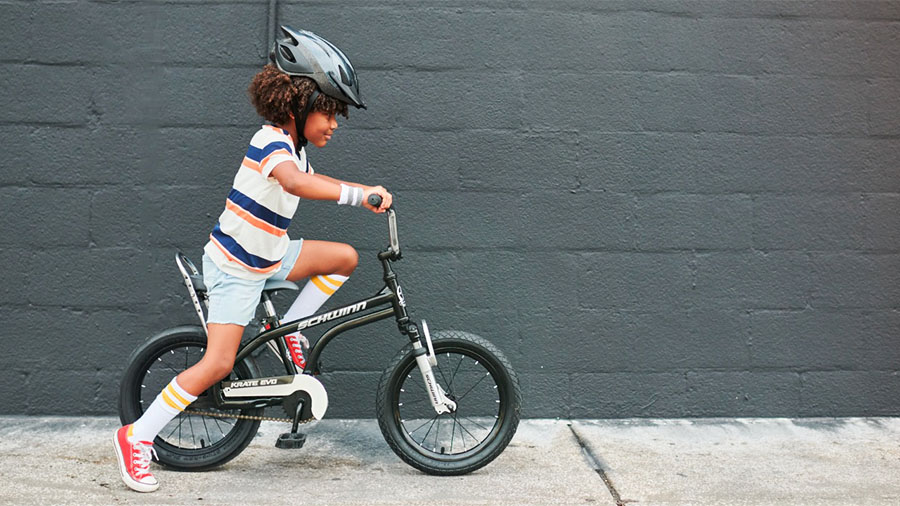The (CPSC) issued a new report from the Centers for Disease Control and Prevention (CDC) showing how important helmets are to preventing injuries and deaths.
The report found that from 2009 through 2018:
- Bicycle-related deaths increased primarily among adults;
- There were nearly 597,000 bicycle-related traumatic brain injuries treated in hospital emergency departments (ED) in the United States;
- The rate of ED visits declined by almost 50 percent among kids but declined only 6 percent among adults;
- Males were three times more likely than females to end up in the ED with traumatic brain injuries;
- Policies requiring bike helmets have been associated with long-term, sustained bike helmet use and a 20 percent to 55 percent reduction in head injuries; and
- CPSC’s recent report on the impact of COVID-19 on hospital emergency room-treated injuries during the period March through September 2020 also highlighted the concern, finding that although bicycles had a slight increase (1 percent) in overall injuries, the increase jumped to 21 percent for users age 40 and above, and 39 percent for adults older than 70; and
- Injuries from skateboards, scooters and hoverboards rose 39.
CPSC’s recent report on the impact of COVID-19 on hospital emergency room-treated injuries during the period March through September 2020 also highlighted the concern, finding that although bicycles had a slight increase (1 percent) in overall injuries, the increase jumped to 21 percent for users age 40 and above, and 39 percent for adults older than 70. Injuries from skateboards, scooters, and hoverboards rose 39 percent.
The CPSC recommended to prevent sports-related head injuries, consumers should:
- Always wear a helmet and other safety gear when bicycling and playing sports;
- Follow the manufacturer’s instructions;
- Ensure the helmet fits and is worn correctly;
- Replace helmets when needed. Incidents can impact helmets, and consumers may not see the damage. Cracks in the shell, worn straps and missing pads or other parts are all reasons to replace a helmet;
- Look for a label inside the helmet stating it meets CPSC’s federal safety standard; and
- When bicycling, scootering or skateboarding, watch for cars and follow rules of the road and local regulations.
Photo courtesy Schwinn
















